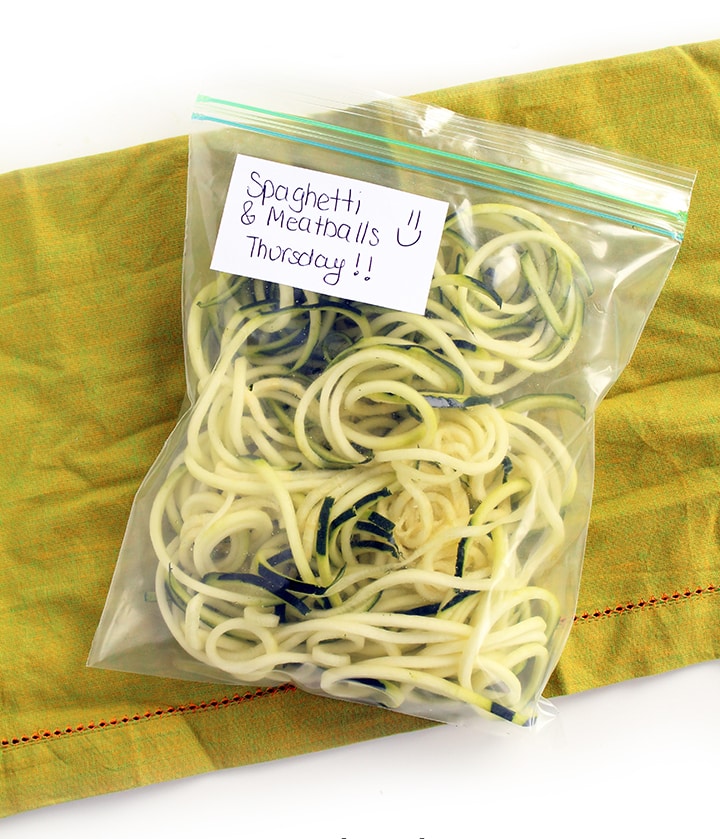
Whether you’re meal prepping for a week of healthy lunches with your spiralizer or you’re making dinner and want leftovers for lunch tomorrow, it’s important to know the right way to store your cut vegetables.
Spiralizing is an incredibly useful hack for healthier meal prep. When you have bags of fresh spiralized zucchini, carrots, peppers, cabbage, parsnip, radishes, and more on hand, you always have a quick and easy way to add extra veggies to every meal.
This article covers everything you need to know about how to store your spiralized vegetables for maximum freshness.
Read on for the details on:
- Spiralizing for Meal Prep
- Spiralized Meals That Work Best for Meal Prep
- Meal Prepping with Zucchini Noodles
- Some Meal Prep-Friendly Recipes to Get You Started
How to Use Spiralized Vegetables for Meal Prep
Meal prepping with spiralized veggies is a great way to commit to a healthy week and get extra veggies into every meal!
Here are the general guidelines for the most common spiralizable veggies and fruit:
Spiralized Apples
Raw Storage: Cut apples instantly brown in the refrigerator. To prevent this, seal apple noodles tightly in a Ziploc or airtight container (try to avoid letting much air in).
Store cut apples for 1-2 days in the refrigerator.
Beet Noodles
Raw Storage: Seal cut beets in an airtight container or up to 5 days in the refrigerator.
Frozen: Store in the freezer for up to 3 months.
Bell Pepper
Raw Storage: Store in an airtight container for up to 5 days in the refrigerator.
Storing Spiralized Broccoli
Raw Storage: Store in an airtight container for up to 5 days in the refrigerator.
Frozen: Store in the freezer for up to 3 months.
Butternut Squash Noodles
Raw Storage: Store in an airtight container for up to 5 days in the refrigerator.
Frozen: Store in the freezer for up to 3 months.
Spiarlized Cabbage
Raw Storage: Store in an airtight container for up to 1 week.
Frozen: Store in the freezer for up to 3 months.
Carrot Noodle Storage
Raw Storage: Store in an airtight container for up to 1.5 weeks in the refrigerator.
Frozen: Store in the freezer for up to 3 months.
Celeriac
Raw Storage: Store in an airtight container for up to 5 days in the refrigerator.
Frozen: Store in the freezer for up to 3 months.
Chayote
Raw Storage: Store in an airtight container over paper towels or napkins for up to 5 days in the refrigerator.
Frozen: Do not freeze chayote noodles.
Cucumber
Raw Storage: Store in an airtight container over paper towels or napkins for up to 2 days in the refrigerator.
Frozen: Do not freeze cucumber noodles.
Daikon
Raw Storage: Store in an airtight container for up to 10 days in the refrigerator.
Frozen: Do not freeze daikon noodles.
Jicama
Raw Storage: Store in an airtight container for up to 1 week in the refrigerator.
Frozen: Do not freeze jicama noodles.
Kohlrabi
Raw Storage: Store in an airtight container for up to 5 days in the refrigerator.
Spiralized Onion
Raw Storage: Store in an airtight container for up to 4 days in the refrigerator.
Parsnip Noodles
Raw Storage: Store in an airtight container for up to 10 days in the refrigerator.
Frozen: Store in the freezer for up to 3 months.
Spiralized Plantain
Raw Storage: Store in an airtight container for up to 4 days in the refrigerator.
Frozen: Store in the freezer for up to 3 months.
Rutabaga
Raw Storage: Store in an airtight container for up to 1 week in the refrigerator.
Frozen: Store in the freezer for up to 3 months.
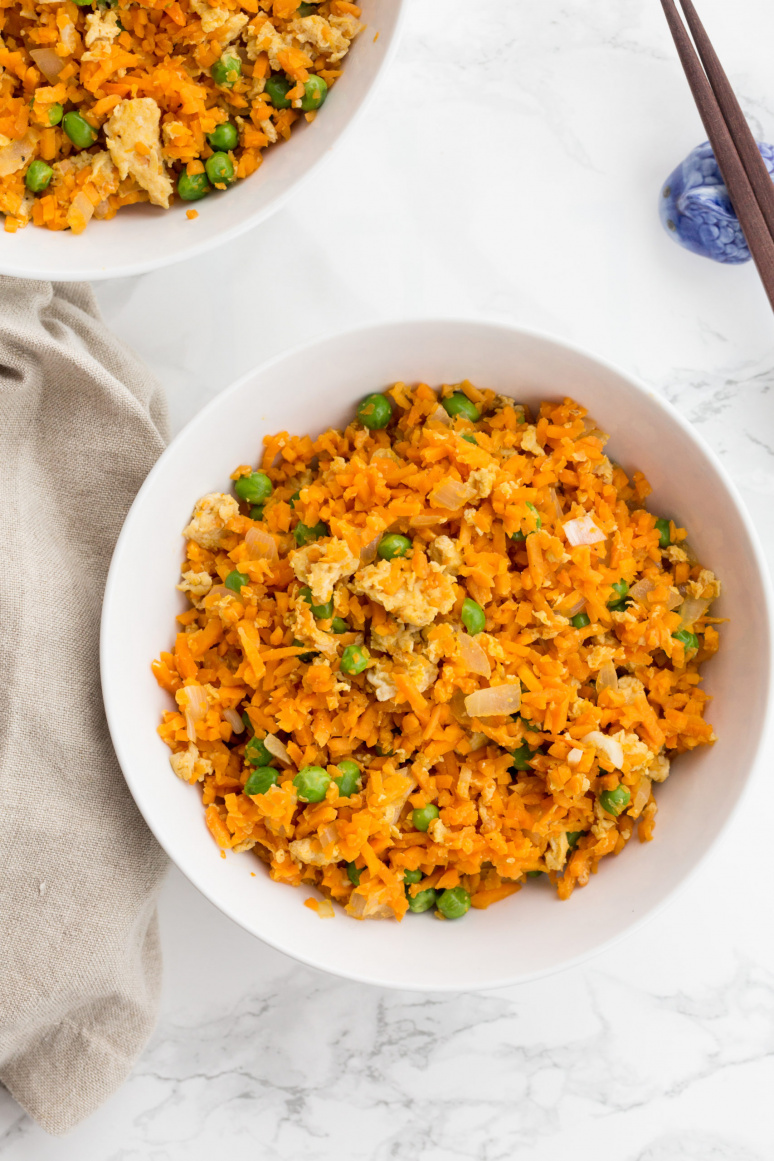
Sweet Potato Noodles and Rice
Raw Storage: Place in a bowl, cover with water, cover and store for up to 2 days.
Frozen: Store in the freezer for up to 3 months.
Turnip Noodles and Rice
Raw Storage: Store in an airtight container for up to 1 week in the refrigerator.
Frozen: Store in the freezer for up to 3 months.
White Potato
Raw Storage: Place in a bowl, cover with water, cover and store for up to 2 days in the fridge.
Frozen: Store in the freezer for up to 3 months.
Spiralized Zucchini & Summer Squash
Storage: Seal in an airtight container, lasts up to 5 days in the refrigerator
Frozen: Do not freeze zucchini and summer squash noodles.
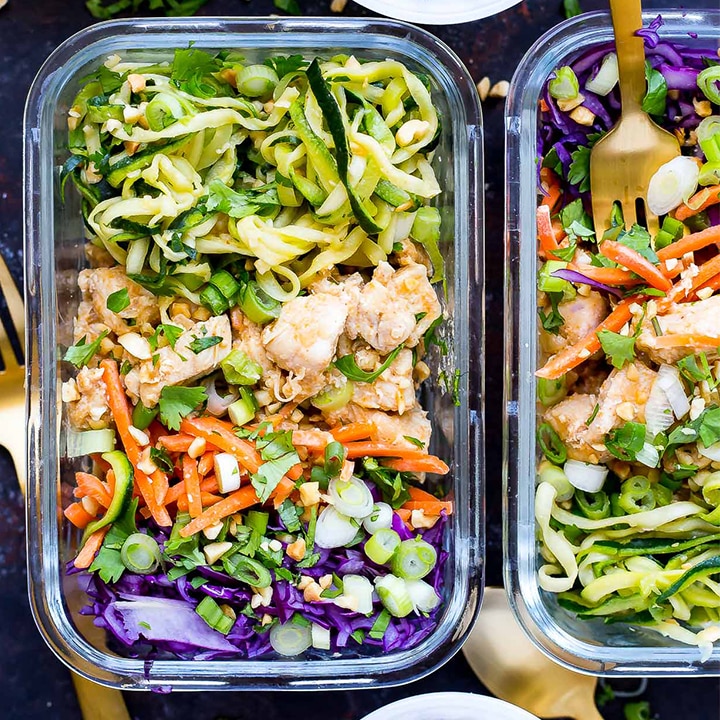
Best Spiralizer Recipes for Meal Prep
You can use spiralized vegetables to prep a full meal, or multiple meals in big batches.
These are the best kinds of recipes to use spiralized vegetables for meal prep:
- “Raw”/cold dishes: If the recipe requires no cooking or is better served chilled, it’s a win-win! Prep the dish and store it in an airtight container in the fridge for as long as the raw components can be stored, according to the examples above.
- Spiralized rice: many vegetable rice dishes tend to have drier vegetables like sweet potato and parsnips, they’re perfect for prepping in advance and reheating. They also can be frozen easily.
- Non-zucchini noodle dishes with ragu-type sauces: If you’re making a bolognese over sweet potato noodles, this can easily be reheated and enjoyed. However, if you’re making a zucchini noodle dish with a bolognese, the water in the zucchini noodles will thin out the sauce and dilute its originally delicious flavor the longer it’s stored. Opt for starchier, firmer noodles for heavier sauces. You can also store the sauce and noodles separately to prevent any wilting.
- Recipe: Lamb Ragu over Celeriac Noodles
- Non-zucchini noodle dishes with sauces: Similar to the ragu-type sauces tip above, any type of sauce can be used with spiralized vegetables and can be reheated for lunch or dinner meal prep.
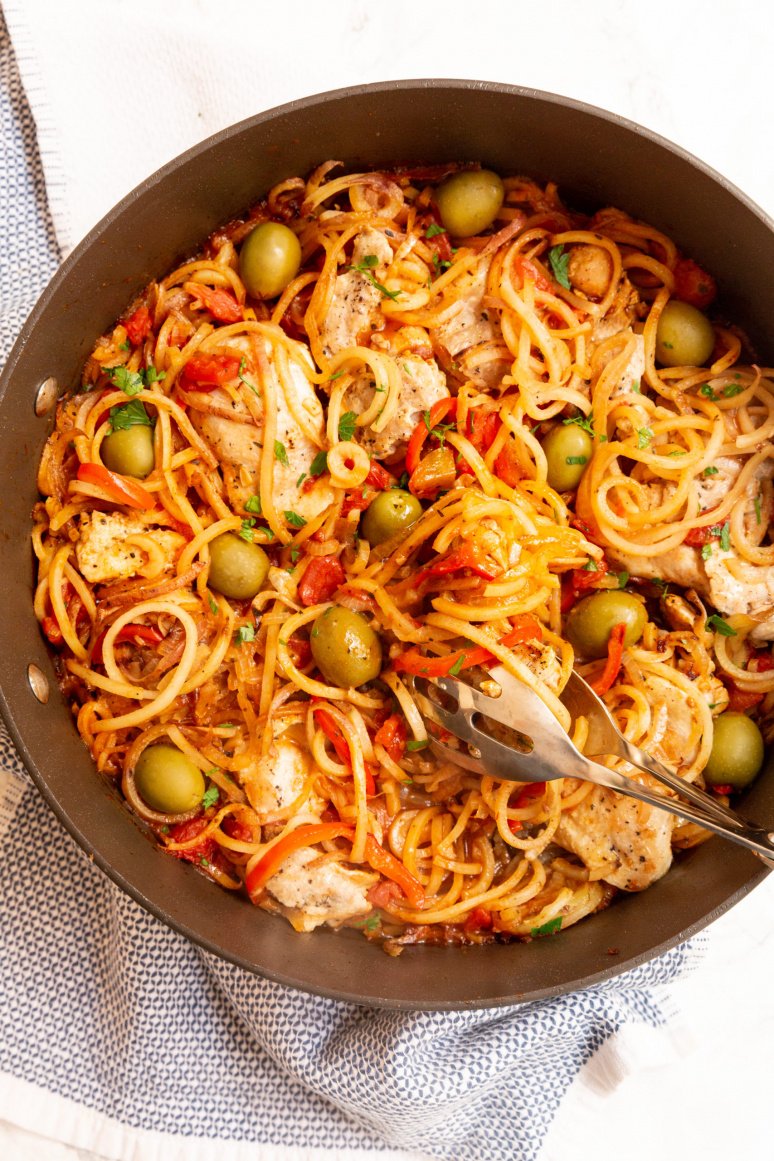
- Dishes with no sauce: If your recipe doesn’t call for a heavy sauce, that’s perfect. It will reheat well. Bonus points for recipes with cheese! Reheated cheese will melt nicely into the noodles and absorb excess moisture. This works with zucchini noodles too!
- Pesto pasta: Pesto sauces work well with all vegetables and reheat well. Actually, the olive oil in the pesto works to our advantage with zucchini noodles. Throw in some kale, spinach or another vegetable that will absorb excess moisture, and you’ve got a pesto pasta, fit for lunch!
- Recipe: Beet Noodles and Kale with Pesto
- Noodle dishes or soups without zoodles: If you make a big batch of a spiralized noodle bowl or soup, you can definitely reheat it for lunch. That is, unless it includes zucchini noodles. I don’t recommend reheating zucchini noodles in soup, as they will dilute the dish. If you’re not concerned about losing some of the flavor in your soup, however, give it a try. You can always re-season the broth when you reheat.
- Wraps and sandwiches: Any noodle, any ingredient – collard green wraps (or any type of wrap really) work brilliantly! Just wrap the sandwich tightly in tinfoil or paper and secure with tape when packing for lunch. These are best enjoyed the day after they’re prepared.
- Spiralized salads: As long as there aren’t any fruit noodles in there, spiralized salads are great for meal prep. For best results, choose a recipe without zucchini or cucumber noodles (which can become soggy).
- Casseroles: If you love a comforting, hearty lunch, then you’re in luck: non-zucchini noodle casseroles work fabulously when reheated. You can reheat in the microwave or store in the baking dish and reheat in the oven.
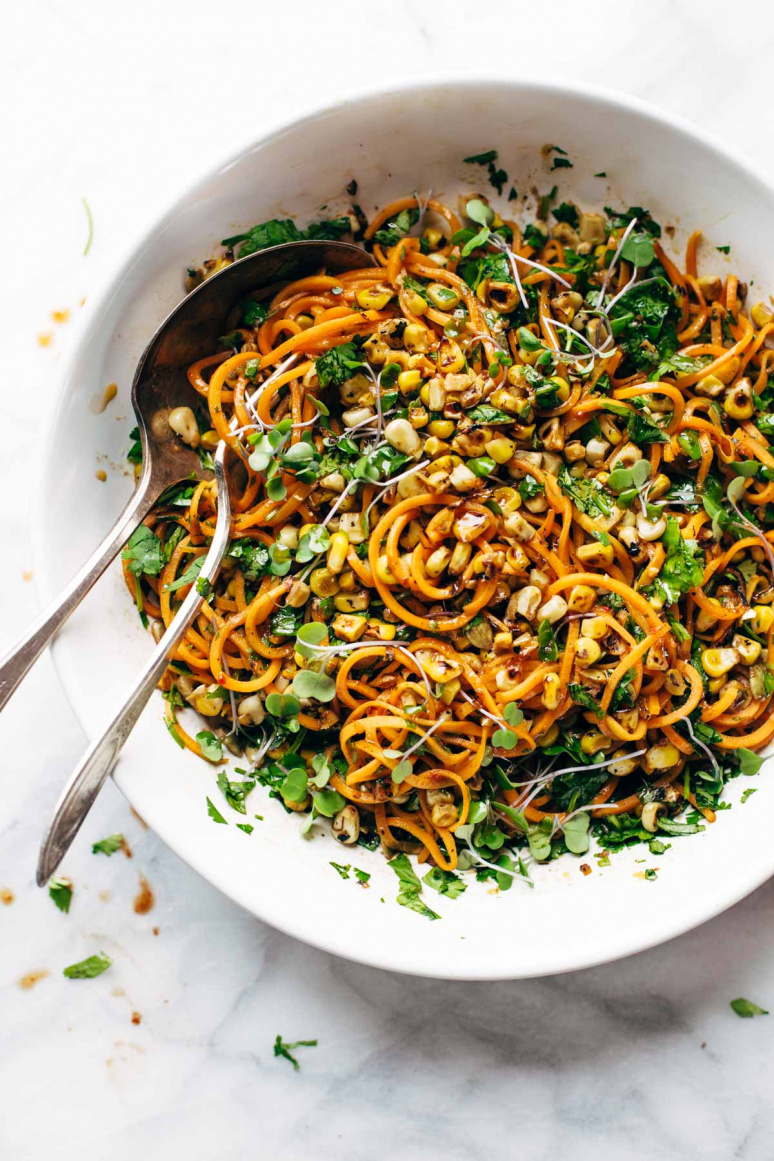
How to Meal Prep with Spiralized Zucchini
Please note: spiralized zucchini should not be frozen. When you go to defrost it, it will wilt and become a mushy mess.
It can be tricky to prepare a zucchini noodle dish in advance due to the vegetable’s high water content. The longer the zucchini sits in a sauce, the more moisture releases and the more watery/mushy the dish will get. This applies for cucumbers as well.
But if you’re saving leftovers from a spiralized dish that includes zucchini noodles, here are a few tips to prevent some of that sogginess:
1. Save Some Extra Sauce
While cooking, if you know you’re going to save leftovers, remove some of the sauce from your pot and save it in a container in the fridge.
Then, the next day, heat up the reserved sauce, cook fresh zucchini noodles, pour the sauce over and dig in!
For example, you could make a big batch of Gluten-Free Turkey Meatballs with Zucchini Noodles for dinner. Reserve a serving of the tomato sauce and meatballs. Then reheat the sauce & meatballs at lunchtime the next day. While the sauce and meatballs heat up, cook fresh zucchini noodles in a skillet. Finally, add the sauce and meatballs to the zucchini and dig in.
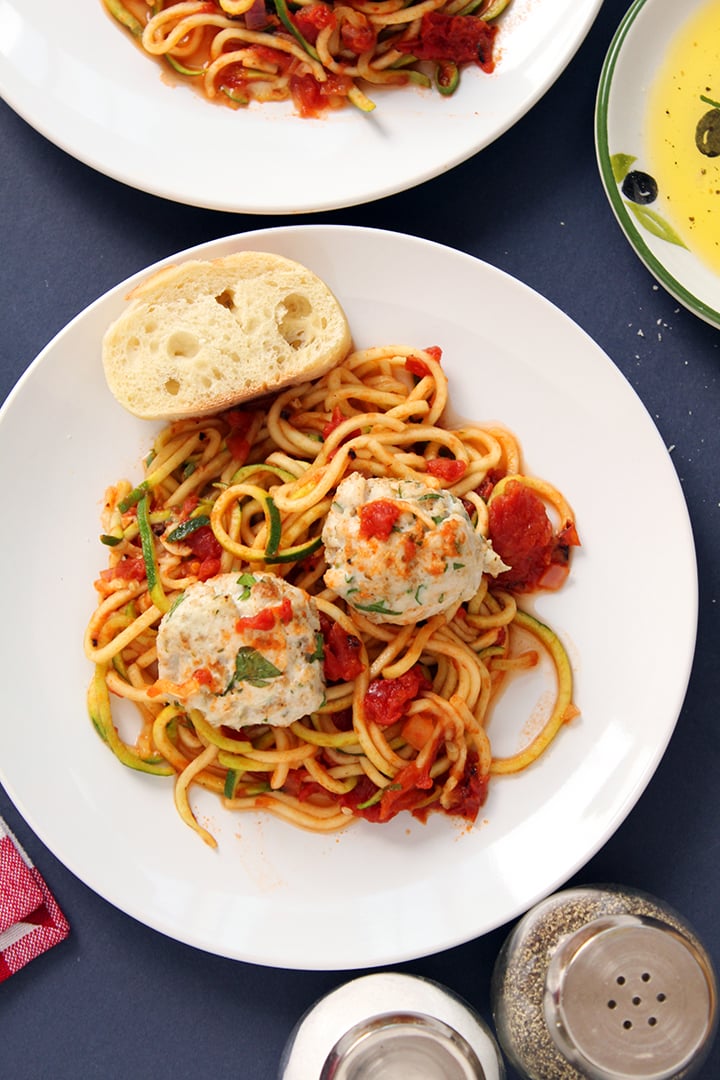
2. Make it Raw
I have many recipes for yummy no-cook meals with spiralized zucchini and other vegetables. These can be saved in the refrigerator for later and don’t require reheating. Therefor, the noodles won’t release too much water.
Try it out with this summery recipe for Avocado and Tomato Zucchini Noodle Salad with Basil Vinaigrette. Just remember to add the dressing just before serving!
3. Add extra seasonings to your soup
If you just made a big batch of delicious zucchini noodle soup for meal prep, like the Minestrone from Inspiralize Everything or this Bacon and White Bean Zoodle Soup, here’s a tip: pack extra seasonings.
As the zucchini sits in the soup, its moisture will dilute the broth, making your meal less flavorful. To account for this, just before serving, add an extra dash of salt, dried herbs, hot sauce, or other seasonings that make sense for the recipe.
The best meal-prep recipes for spiralized vegetables
Get started meal planning with these easy-to-store recipes:
- Mom’s Chicken over Spiralized Root Vegetables
- One Pot Vegan Fajitas with Spiralized Sweet Potato Rice
- Vegan Buffalo Cauliflower with Spiralized Sweet Potato Noodles
- Thai Quinoa and Zucchini Noodle Salad
- Italian Zucchini Pasta Salad
- Spiralized Golden Beet Arroz Con Pollo
- Tahini Chicken and Carrot Noodle Bowl
- Beef Picadillo with Spiralized Green Bell Peppers
- Spiralized Sweet Potato, White Bean and Kale Bake
- Winter Kale Bowl with Spiralized Beets, Goat Cheese and Walnuts
- Slow Cooker Chicken Burrito Bowls with Spiralized Sweet Potato Rice
- Spicy Sausage and Kale Soup with Carrot Noodles
Easy Meal Plans for your Spiarlizer
If you’d like us to do the work for you, we’ve got you covered! Check out our Spiralized Meal Plans, here.
Happy, healthy planning!
And for your easy access, I’ve created a FREE resource with everything you need to know about the most common spiralizable vegetables, including:
- How to prepare each vegetable with the Inspiralizer
- How to cook vegetable noodles and rice
- The best ways to serve each vegetable
- Which blade works best
- How best to store the vegetables for meal prep and planning (including which vegetable noodles can be frozen)
Click here for my master guide to spirilizing vegetables
Which spiralized vegetables work best for prepared lunches?
You can make healthy and delicious meal prepped lunches with nearly any spiralized vegetable.
Use these tips to ensure your vegetable noodles are crisp and fresh at lunchtime:
- Zucchini & Cucumbers: store the noodles separate from any sauce or dressing. By separating, you avoid excess moisture building up and making a soggy mess. If you really want to use zucchini noodles, try adding elements that will soak up that moisture (like leafy greens, cheese, breadcrumbs or regular pasta)
- Apples & Pears: fruits brown quickly and lose their crispness. So unless you’re planning on eating the meal that day or you don’t mind a little browning and soft fruit noodles, avoid spiralizing these in advance.
- Kohlrabi, Jicama, Daikon Radishes: if you’re using these raw, note that they snap easily when packed tightly.
- Beets: Beets can be messy when they’re raw. They’re a little more manageable when they’re cooked, but plan accordingly (wouldn’t want to ruin your slacks or a crisp white blouse at your desk with beet noodles!)
- Butternut Squash: Butternut squash tends to over-soften quickly when cooked. When stored, your lunch may be a little softer than you expect if you’re eating butternut squash noodles.
General Spiralizer Meal Prep Tips & Tricks
Here’s a quick cheat-sheet of the best vegetable noodles to store raw and cooked to help you perfect meal prep every week.
-
- Best Spiralized Veggies to Store Raw:
- Zucchini (separated from sauce/dressing)
- Cucumber (separated from sauce/dressing)
- Onion
- Chayote
- Kohlrabi
- Jicama
- Carrot
- Best Spiralized Veggies to Store Cooked:
- Potatoes (all kind)
- Parsnip
- Rutabaga
- Kohlrabi
- Daikon Radish
- Celeriac
- Carrot
- Broccoli stem
- Best Spiralized Veggies to Store Raw:
What are the best containers for storing spiralized lunches?
The number one rule is that your container for storing spiralizer meal prep should be airtight! I like to buy a pack of containers that come in various sizes so that I have options, depending on the type of meal I’m making. This Rubbermaid set has all types of sizes, perfect for packaging spiralized veggies, dressings, and sauces.
Meal Prep Lunch Recipe Roundup
If you’re still stumped, I’ve created a Pinterest board full of all of my recipes that can be cooked in advance and reheated for lunch (or dinner!) Click the image below to access the Pinterest board:
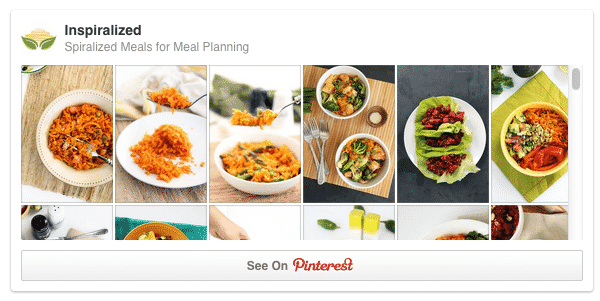
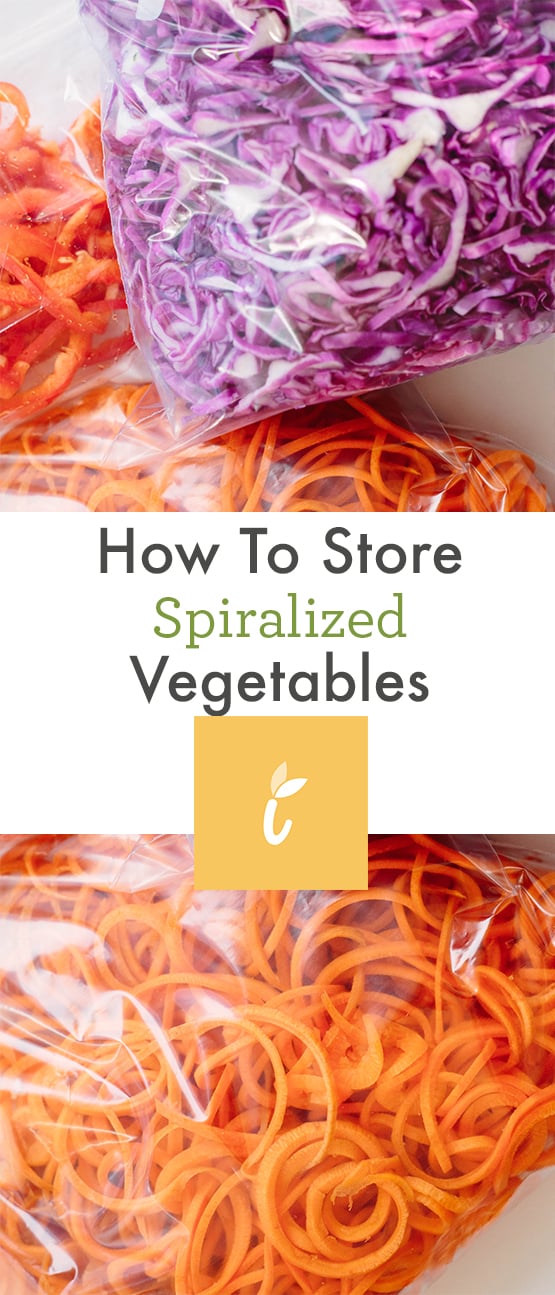

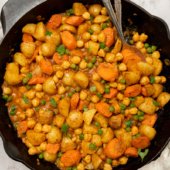
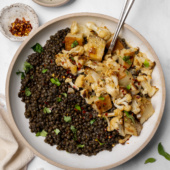
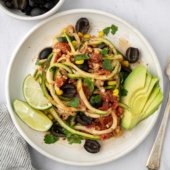
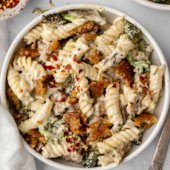
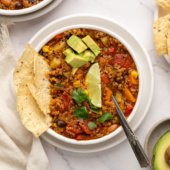
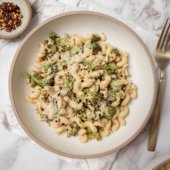
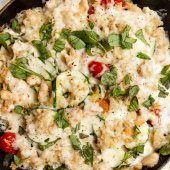
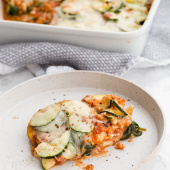
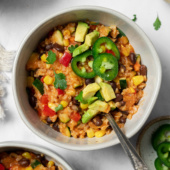
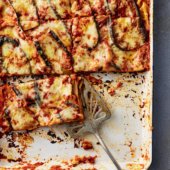
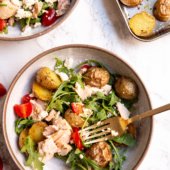

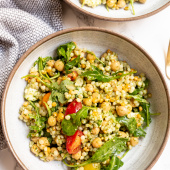
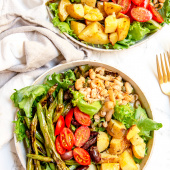

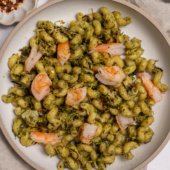

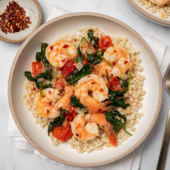
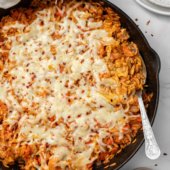









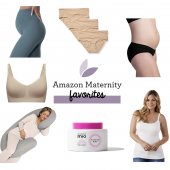

















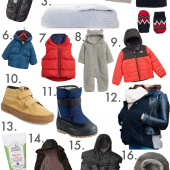

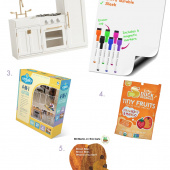




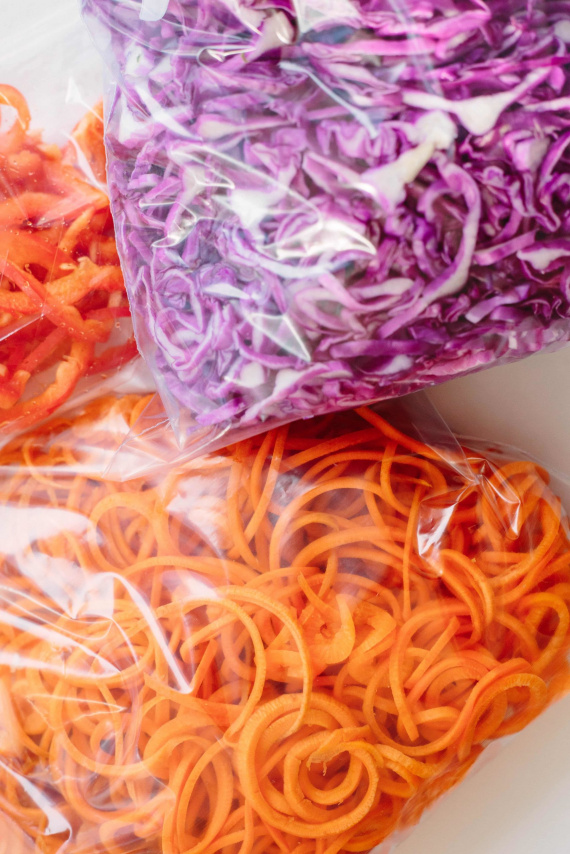
comments